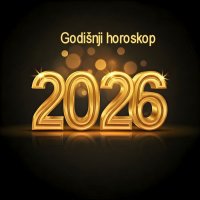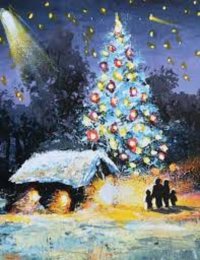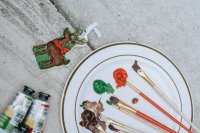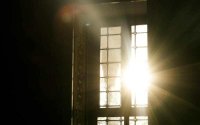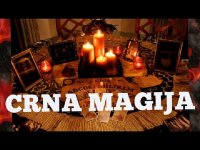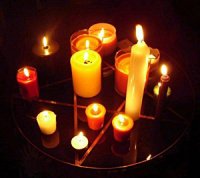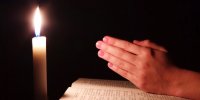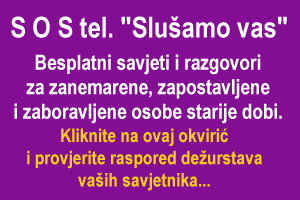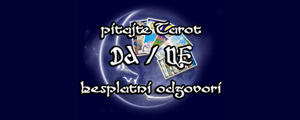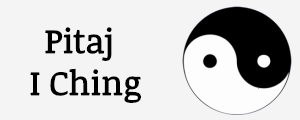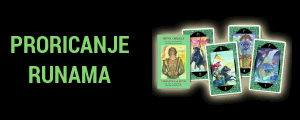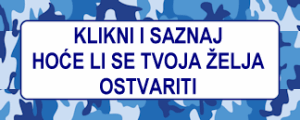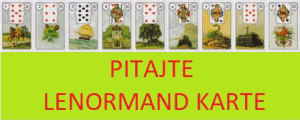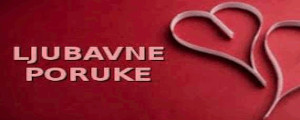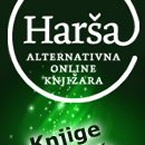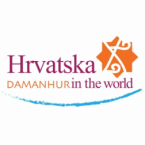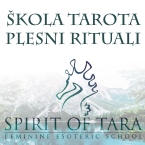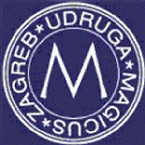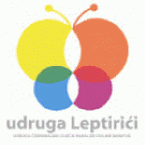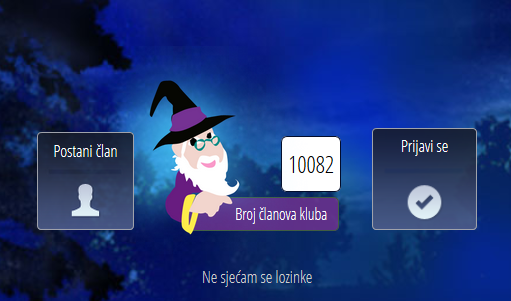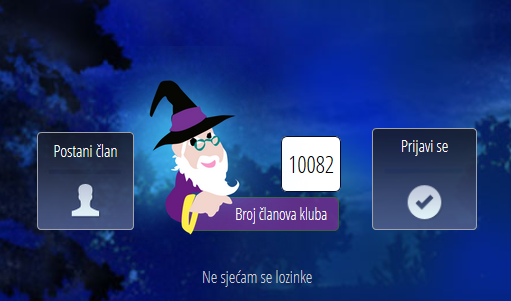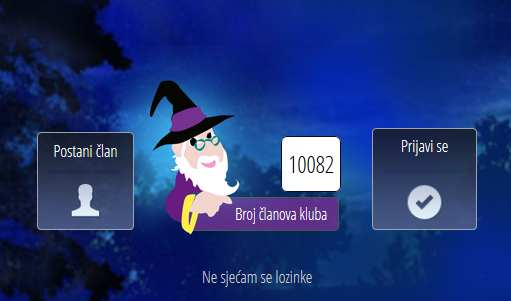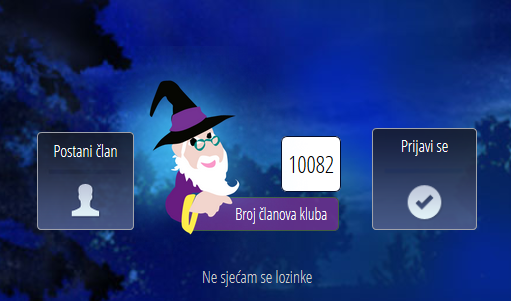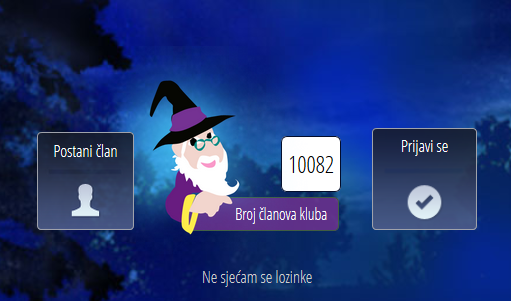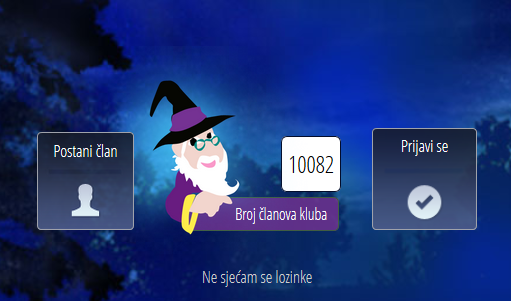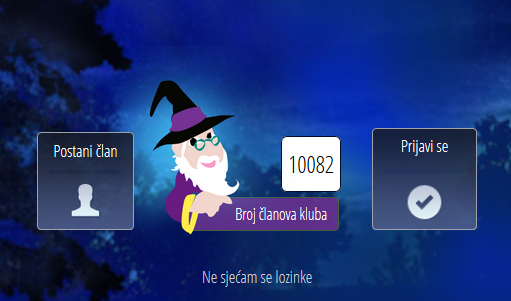Vrućica i infarkt
Isn't the Earth only a tear of gods in the hand
of Transitoriness …
And what is then life but harmony,
metabolism and reproduction of
matter, unsuccessful retreat from death[1].
Svoje davno napisane misli potkradam,
nešto sitno i nebitno dodam:
Stvarno, nije li život tek sklad tvari
i topline, izmjena, pretvorba i dioba tvari il iluzije,
na kraju ipak bezuspješan bijeg pred smrću
ništavila, praznine ili tobožnje entropije…
- Sve manje uspravno hodam.
U nama nešto ionako stalno gori, nešto se događa
toplokrvnim, ali i drugim živim pojavama,
nedostatak kisika, smrtonosna dehidracija
- uglavnom ili skoro sve nas fatalno pogađa.
Internet zastrašuje - riječ okret ili turn
ima oko 521.000.000 rezultata,
turbo 158.000.000, dakle znatno manje.
Sve su svemu imamo/o/ previše alata.
Statistika za me postaje veliko sra…
Riječ turn ili okret imao oko 1390 sinonima
Riječ turbulence, vrtloženje, imao oko 190 sinonima
Semantika i semiotika se rugaju svima.
Spiralno vrtloženje krvi. Rad srca, rast i lom kostiju,
illeus ili torzioni/spiralni zapletaj crijeva
spirala i heliks DNK u nama je - svuda,
možda je tek sada svakom bistro…
manje više svaki naš djelić tkiva vrluda,
kosa, dlake, uha, usne, bore i nabori, stanice, živci,
fibri, elasticitet i fleksibilnost, nije isto,
san, misao, pokret – sve se kreće,
- hvala Heraklitu, sve krivuda
Krv je tekući organ - o njoj nek progovori prvi
među jednakima, Rene Descartes:
„Živim bićem ne upravlja duh već pravilan optok krvi“[2]!
Opet ponavljam moj objavljen tekst, za dugo sjećanje,
- Čovjek koji laže mora imat dobro pamćenje…
Al gle neka čuda: Crkva tobože zazire od krvi:
The famous quote "Ecclesia abhorret a sanguine"
is never found in any document of the Catholic Church.
It has been created by François Quesnay in his
history of surgery in France written in the year 1744.
The image is the scan of the page containing the quote.
This is its first ever source. No older sources can be found.
(See the discussion of this source in Charles H. Talbot,
Medicine in Medieval England, London: Oldbourne, 1967)[3]
Rasprave o toj tezi još uvijek traju,
dok jedni osporavaju , drugi se tobože kaju.
Ostali uglavnom za tu spornu tezu – nedovoljno znaju:
'While during this period the Church did not forbid human
dissections in general, certain edicts were directed at
specific practices. These included the Ecclesia Abhorret a
Sanguine in 1163 by the Council of Tours and Pope
Boniface VIII's command to terminate the practice
of dismemberment of slain crusaders' bodies and
boiling the parts to enable defleshing for return
of their bones. Such proclamations were commonly
misunderstood as a ban on all dissection of either
living persons or cadavers (Rogers & Waldron, 1986),
and progress in anatomical knowledge by human
dissection did not thrive in that intellectual climate',
Arthur Aufderheide, The Scientific Study of
Mummies (2003), p. 5[4]
Ono što pamtimo je Goetheova jeka,[5]
„Životna rijeka je krv“!
A jedan će naš, nažalost prerano preminuli pisac
poručiti mudro, ili kao lisac:
„Nekim ljudima treba svježa,
a nekim treba pustiti krv“!
Spas od vrućice i infarkta,
- možda je tek srce virgo intacta
[1] http://free-zg.t-com.hr/Karlo-Sostaric
[2] www.magicus.info/pr2.php?id=96621
[3] http://commons.wikimedia.org/wiki/File:Ecclesia_abhorret_a_sanguine.jpg Canon 8: Ban on the Study of the Laws of Physical Nature by Clerics
One of the more significant proscriptions that Pope Alexander III enunciated at the Council of Tours 1163 was the prohibition of clerics to involve themselves in the studies of physical nature, as anyone undertaking such studies must be in league with the Devil. Some have seen this as the ban which prevented clerics from practicing surgery or studying anatomy. Others have seen that the ban would seem to extend to studies involving all of physics. In essence the canon stated that clerics were to concentrate on spiritual matters and confine themselves to their cloisters, and not go out into the world to study earthly matters, that was not the business of their profession. Some have referred to this canon, naming it "Ecclesia abhorret a sanguine" [The church abhors blood] but this is really a misconception of what the canon actually says. http://conclarendon.blogspot.com/2013/10/council-of-tours-1163.html

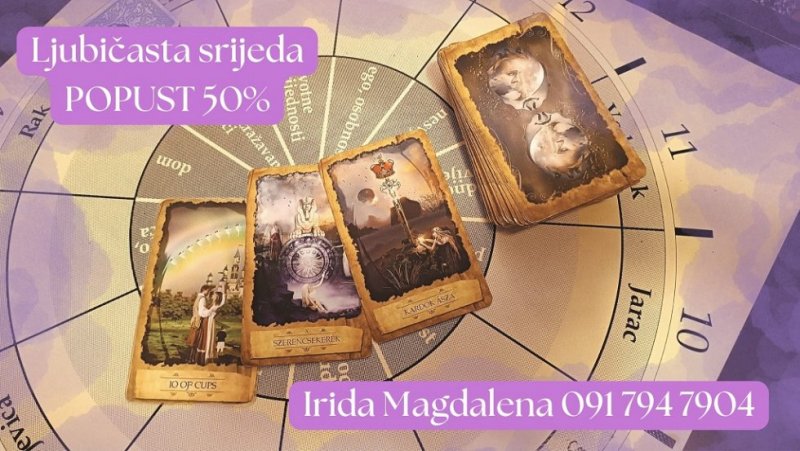

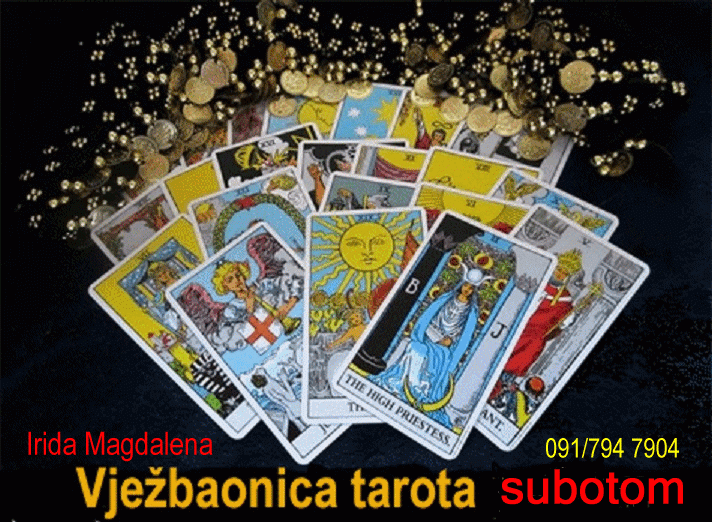
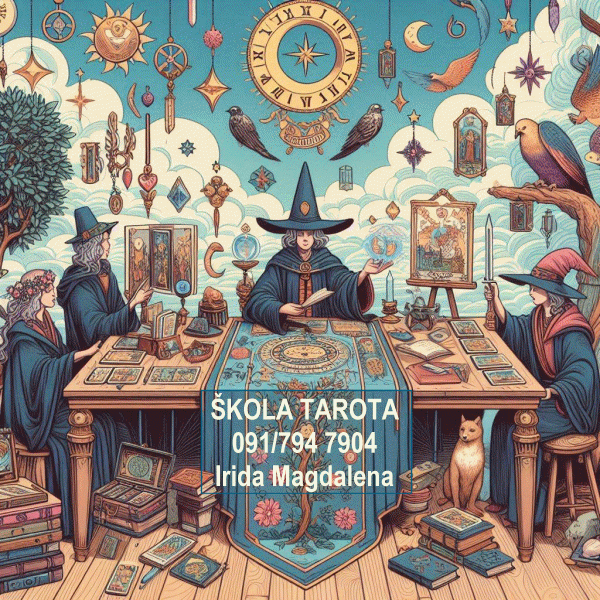







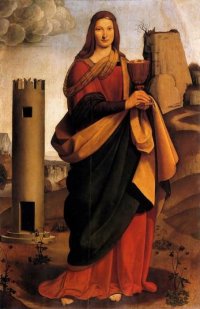






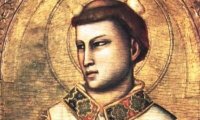


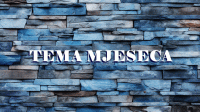

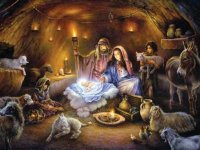









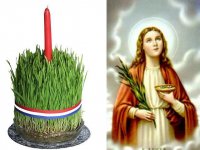



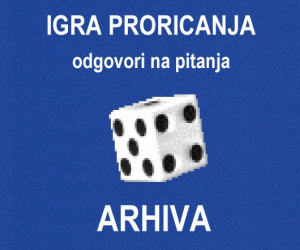
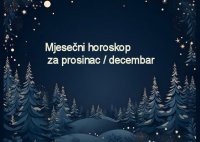
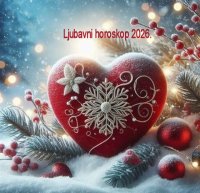






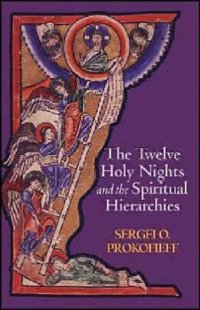

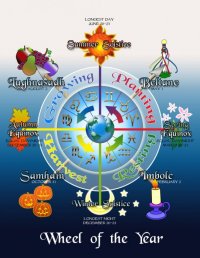


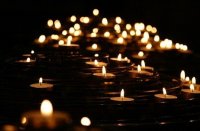

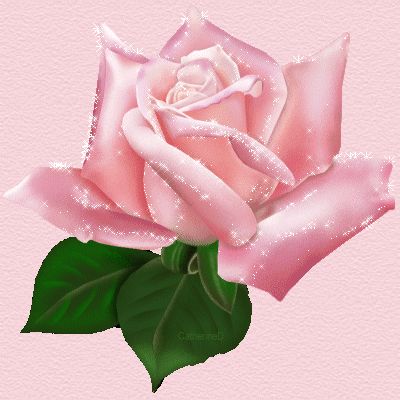 bglavac
bglavac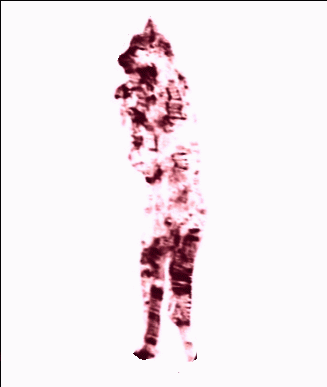 edin.kecanovic
edin.kecanovic irida
irida
